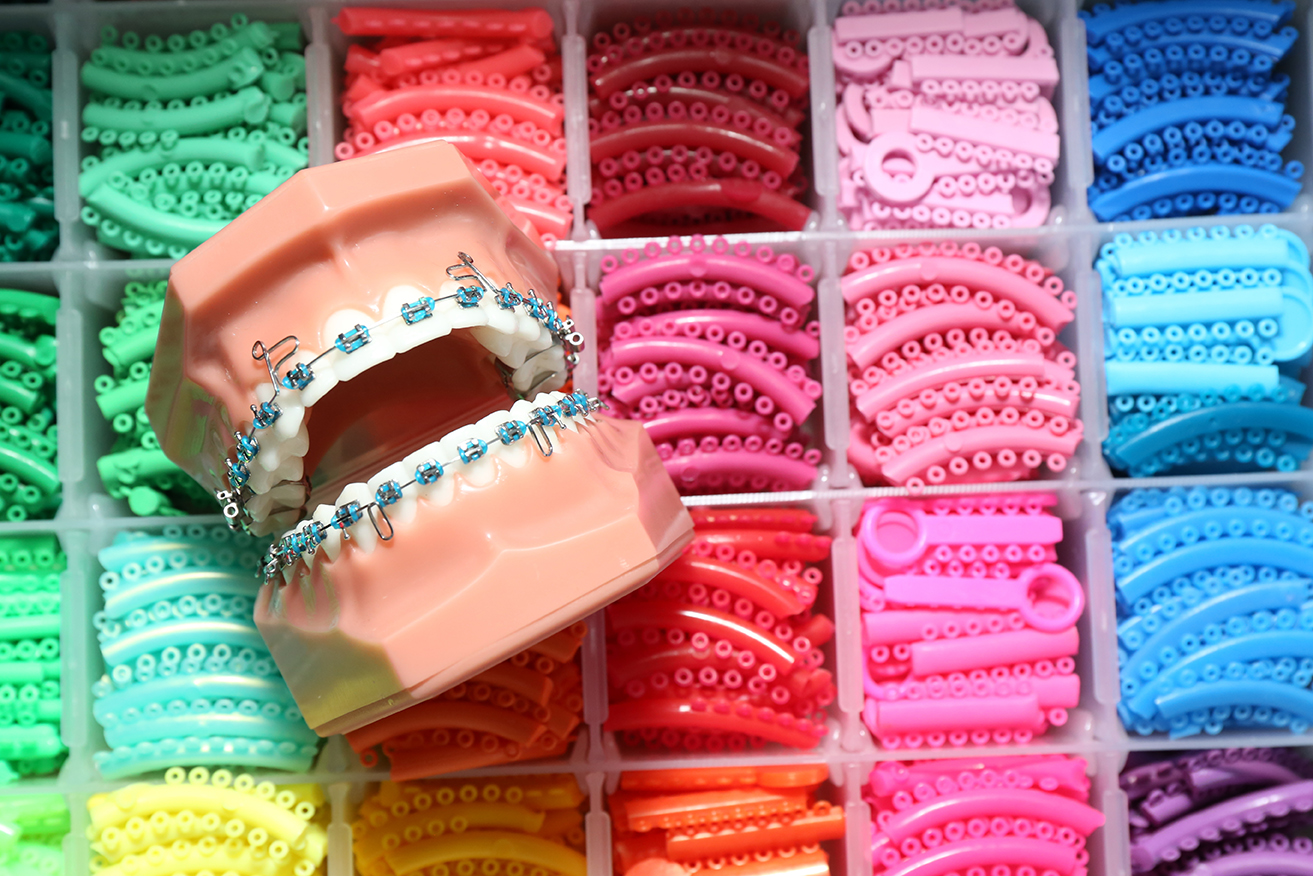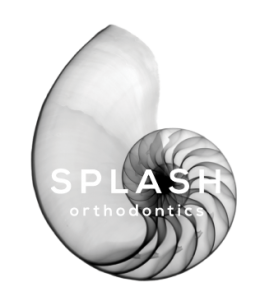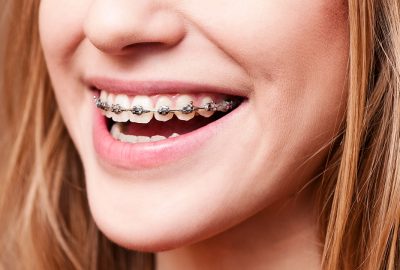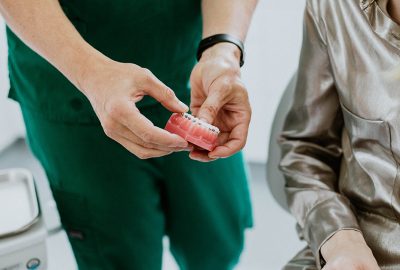Who’s eligible for NHS braces?
We’re proud to be Brighton & Hove’s longest established provider of NHS orthodontic treatment. NHS funding is available to under 18s who need braces to improve their oral health. If you qualify for NHS braces your treatment will be provided by our specialist team and funded by the NHS.

Assessing your smile for NHS braces
If you’re aged 17 or under you can visit us for a free NHS assessment to find out if you’re eligible for NHS care. This appointment must be arranged via a referral from your general dentist – unfortunately, you can’t contact us directly to arrange an NHS assessment.
Your dentist will be able to provide you with some initial advice and advise you on the ideal time for an assessment with an orthodontist. Once we’ve received your referral, we’ll contact you to arrange your first appointment.
Your free consultation will take approximately 15–30 minutes. You’ll be seen by one of our highly experienced specialist orthodontists who will welcome you to the practice and gently examine your teeth. The appointment will be relaxed and completely pain-free, but please let us know beforehand if you’re feeling anxious.
The index of orthodontic treatment need
The Index of Orthodontic Treatment Need (IOTN) is the rating system we use to determine who qualifies for NHS funding. It’s the same system used by every other orthodontist. We’ve undergone dedicated training to ensure we provide a fair and objective assessment every time.
During your assessment, we’ll use the IOTN to grade your teeth.
If you receive grade 1 or 2, you, unfortunately, won’t be eligible for NHS-funded treatment.
Grade 1 means your teeth are almost perfect and you don’t need braces for health reasons.
Grade 2 is awarded for minor irregularities that again don’t need treatment for health reasons. Examples include slightly protruding upper front teeth and minor irregularities.
If you receive grade 3, you could still be eligible for NHS funding. Your case is borderline, so your orthodontist will consider the appearance of your teeth and give them an aesthetic score of 1–10. If you receive a grade 3 and an aesthetic score of 6–10 you will qualify for NHS treatment.
Grade 3 means you have greater irregularities, but you still don’t need treatment for your dental health. Examples include open bites that are less than 4mm and teeth that are less than 4mm out of line.
If you score a grade 4 or 5, you will automatically be eligible for NHS braces.
Grade 4 is for more extensive irregularities, which require treatment for health reasons. These include upper front teeth that protrude by more than 6mm, open bites of more than 4mm, additional (supernumerary) teeth and lower front teeth that protrude more than 3.5mm.
Grade 5 is for severe irregularities that need to be treated to improve your dental health. For example, numerous missing teeth, upper front teeth that protrude more than 9mm and facial anomalies including cleft lip and palate.
We’ll let you know the outcome of your IOTN assessment at your consultation. If you’re not suitable for NHS care we can talk to you about our private treatment options (more about these later).
NHS braces for adults
In rare cases, NHS funding is available for adults who need treatment for health reasons. It’s usually provided on a case-by-case basis by specific providers. Unfortunately, we don’t have a contract that allows us to provide NHS treatment to patients aged 18 or over. However, self-funded private treatment is available to all ages.
NHS waiting lists
The funding we receive for NHS treatment isn’t enough to meet the demand, which can result in waiting lists for NHS assessments and/or treatment. If you qualify for NHS treatment, you’ll be advised if there’s a waiting list and we’ll do our best to give you an accurate idea of when you can expect to have your braces fitted. If there is some urgency to your treatment, you’ll be placed on a priority waiting list.
What NHS treatment includes
NHS treatment is usually carried out using metal fixed braces, which are both efficient and cost-effective. A small metal bracket will be attached to each tooth and controlled by a thin metal wire. It’s this wire that moves your teeth and we’ll need to change it every 6–8 weeks throughout your treatment. It’s held in place by small elastic ligatures, which come in a rainbow array of colours (including clear, white and grey if you’d prefer them to blend in).

Your treatment will include X-rays and impressions or scans, the fitting of your braces, all your appointments and your aftercare. When your braces are removed, you’ll be given removable retainers. These need to be worn indefinitely to stop your teeth from moving.
Self-funded treatment
If you’re not suitable for NHS braces, you may want to consider private orthodontic treatment. It’s available to everyone and there’s no assessment or waiting lists. Because we’re not limited by NHS funding, you can also choose from several of the latest braces, including Invisalign, clear fixed braces and lingual braces.
At the end of your treatment, you’ll receive fixed retainers as well as removable ones. These are attached behind your front teeth to give you extra protection against orthodontic relapse.
Our prices for private treatment are fully inclusive, from your invisible braces to your aftercare. You can also split the cost of your braces into monthly repayments.
To find out more about private orthodontic care, you can contact us directly to arrange a private consultation.
If you have any questions about NHS treatment, please get in touch and our team will be happy to help.

 Hove
Hove 01273 203514
01273 203514


 Read more
Read more

